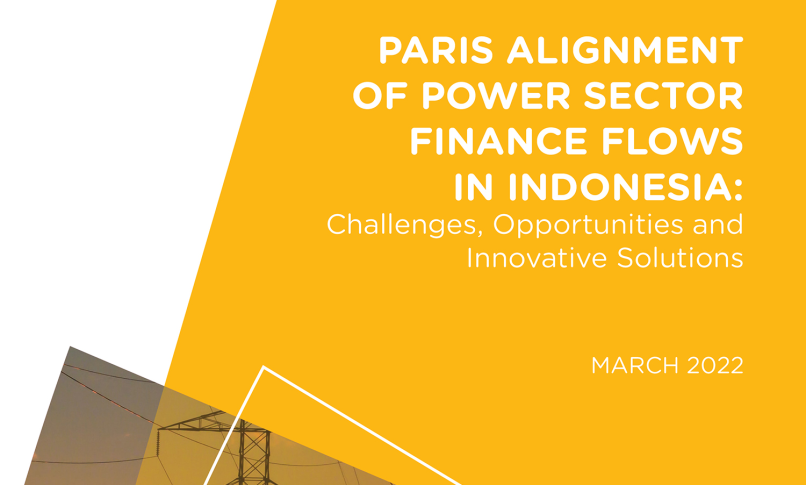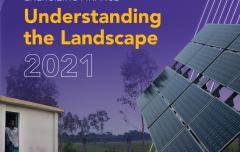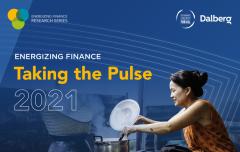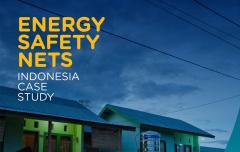Paris Alignment of Power Sector Finance Flows in Indonesia: Challenges, Opportunities and Innovative Solutions
This brief, by examining the current financing landscape of the Indonesian electricity generation sector, and its alignment with Indonesia’s Ministry of Energy and Mineral Resources’s Net Zero Emission 2060 Scenario (MEMR’s NZE 2060), aims to identify
the challenges and opportunities in financing Indonesia’s ambitious targets on renewable energy towards an energy transition.
Key findings
- Total tracked power sector finance commitments stood at USD 5.3 billion per annum between 2015-2020, dominated by fossil fuels, but investments to renewables increased between 2017 and 2019. However, 2020’s trend signals a setback.
- Fossil fuel-based power plants accounted for 46 percent (with 84 percent of total fossil fuel-based finance commitments directed toward coal-fired projects), followed by 44 percent of renewable energy projects (34 percent for grid connected renewables and 10 percent mini grid and off grids), and the remaining 9 percent for other renewable technologies and market support.
- Finance from international sources, particularly from DFIs, accounted for 65 percent of all finance commitments to the power sector. A key turnaround in 2018, when international finance to fossil fuel-based energy sources (primarily for coal), dropped by 68 percent over the period 2018-2020, driven by a shift in market preference and global policy signals to align financing with Paris Agreement objectives.
This report is part of the series:
Energizing Finance





